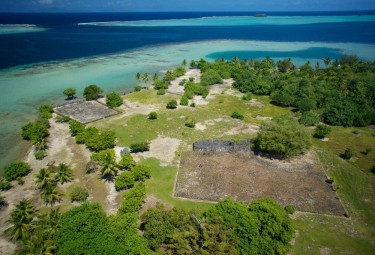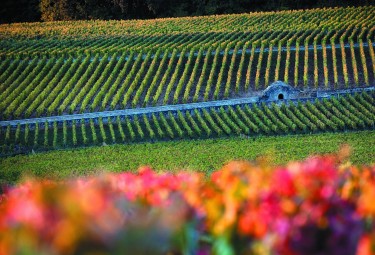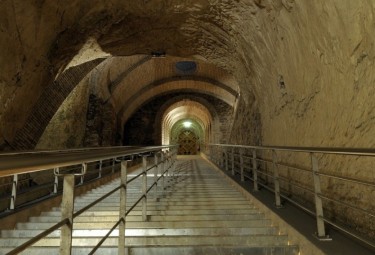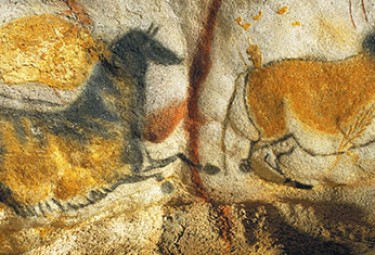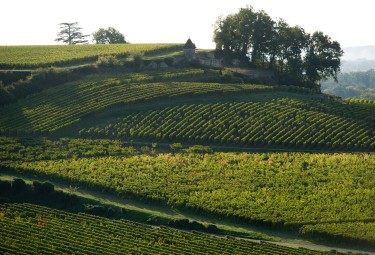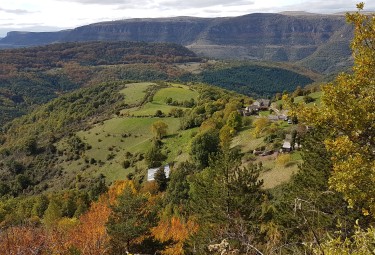Nord-Pas de Calais mining basin
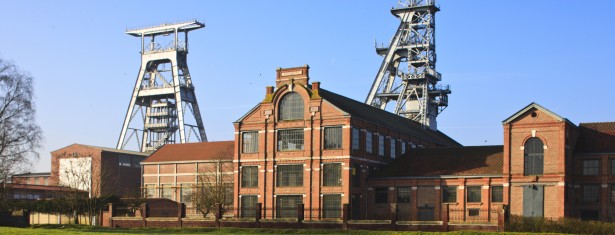
Summary
The Nord-Pas de Calais coalfield is the French part of the coal-mining region of north-west Europe. Located on an open plain, it extends approximately 120 km across two departments – Le Nord and Le Pas de Calais. The well-preserved collieries and towns which grew up around them provide an outstanding example of an organically evolved cultural landscape. Coal was extracted intensively for two centuries, from the end of the 18th century to the last quarter of the 20th century, using industrial, labour-intensive methods. The region was dominated by coal-mining, resulting in a unique landscape comprising physical and geographical features (slag heaps, farmland, subsidence ponds, woods), industrial features (pit-heads, industrial buildings, head frames), remains of heapsteads (ducts, rail tracks, conveyor systems), housing for workers and a distinctive town lay-out (mining villages (“corons”), garden cities, housing estates, tenement buildings), community buildings (churches, schools, managers’ mansions, company office buildings, trade union offices, stations, town halls, hospitals and health centres, community halls, sports facilities), and finally places commemorating the history of the area and its miners.
Criteria
Criterion (ii): The Nord-Pas de Calais coalfield bears outstanding witness to the exchange of ideas and influences regarding methods of coal extraction from underground seams, the design of housing for workers, and urban planning, and also to the international migration of people that occurred with the industrialization of Europe.
Criterion (iv): The organically evolved and living landscape of the Nord-Pas de Calais coalfields exemplifies the large-scale development of coal-mining from the 19th to the 20th centuries by large industrial companies. The way that the mining industry has influenced the landscape can be seen in the distinctive lay-out of the towns, the industrial buildings and the physical relics of the activity (slag heaps, subsidence).
Criterion (vi): The social, technical and cultural events associated with the history of the coalfields had international repercussions. They provide a unique and outstanding illustration of the dangers of working in the mines and of its great disasters (Courrières) and bear witness to the way that social and technical conditions in the mines evolved. They symbolize the condition and solidarity of the workers between 1850 and 1990, and the spread of the ideals of trade unionism and socialism.
- Année d'inscription : 2012
- Critères d'inscription : (ii) (iv) (vi)
- Superficie du bien inscrit : 3,943 Ha
- Localisation : Departments of Nord and Pas-de-Calais, Region of Hauts-de-France
- Coordonnées DMS : N50 27 45 E3 32 46
- Registration year : 2012
- Registration criterion : (ii) (iv) (vi)
- Area of the inscribed : 3,943 Ha
- Location : Departments of Nord and Pas-de-Calais, Region of Hauts-de-France
- Coordinates DMS : N50 27 45 E3 32 46

